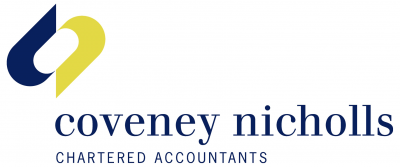In Spring Budget 2021, Chancellor Rishi Sunak announced the super-deduction as part of an “investment-led recovery”.
It’s something the UK has never tried before, he added, and a measure the Office for Budget Responsibility predicts will boost business investment by 10% – an extra £20 billion per year.
“It makes our tax regime for business investment truly world-leading, lifting us from 30th in the OECD, to first”, Sunak said at the time. “And, worth £25bn during the two years it is in place, this will be the biggest business tax cut in modern British history”.
So, how does the super-deduction work and is your expenditure eligible?
How does the super-deduction scheme work?
Under the super-deduction, any investment businesses make on certain plant and machinery will qualify for a 130% capital allowance deduction they can use to reduce their corporation tax bill.
As such, it’s only available to incorporated businesses and not the self-employed.
The super-deduction came into action on 1 April 2021 and it allows companies to save 25p for every £1 you spend on qualifying business assets.
To understand how it works in practice, here’s an example:
Let’s say your company spends £100,000 on plant and machinery in January 2022, so you can claim the super-deduction tax break.
When the time comes to calculate your taxable profit, it will be possible to deduct £130,000 (130% of £100,000).
Your company will then save 19% (the UK’s main rate of corporation tax) of the amount you deducted, which is £24,700. Or, in other words, near enough 25p for every £1 you spent.
Normally, this 130% deduction for eligible expenditure would only qualify for 18% allowances, so speak to us if you’re considering bringing forward investment plans.
What counts as super-deduction expenditure?
Of course, none of this is of much value to you if your company can’t claim the super-deduction on its qualifying expenditure. So, what exactly counts?
According to the HMRC guidance manual, the following conditions must all be met for expenditure to qualify for the super-deduction:
- it is paid for on or after 1 April 2021 but before 1 April 2023
- it is made by a company within the scope of corporation tax
- the expenditure is on new plant or machinery
- it is not one of the few exceptions found on the HMRC website.
So, everything from computers and lathes to toolkits are potentially covered by the super-deduction.
Special-rate allowance expenditure
The expenditure we’ve talked about so far are assets that fall into the ‘main pool’, but another temporary measure was introduced alongside the super-deduction for assets in the ‘special-rate (SR) pool’.
Known as the ‘SR allowance’, it offers a 50% first-year allowance for qualifying special-rate assets, which generally include long-life assets and integral features of buildings.
The SR allowance and the super-deduction are available alongside the annual investment allowance, which gives 100% relief for the costs of qualifying plant and machinery in the tax year of purchase. This is set at £1m until 31 March 2023.
Talk to us about tax relief for your company.

